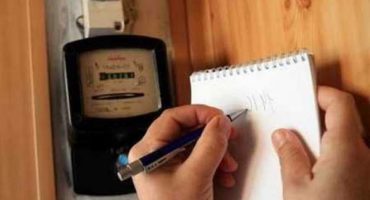In life, the need often arises for heating or boiling water. Hot water and boiling water in large quantities are used for cooking, washing dishes, washing, wet cleaning.
For household needs, small-sized and powerful heating devices such as boilers are used. In industry, the sizes of boilers can reach gigantic proportions.
Classification of boilers
Boilers differ in the scope, design and principle of operation.
Depending on the area of use, boilers are:
- household (immersion, portable, mobile);
- industrial (jellied, flowing, geyser type).

Immersion boiler
Domestic boilers are used at home. Very often, such devices are used to heat water in a mug. They are characterized by a small volume of heated fluid, low power and small dimensions.
According to the principle of action, they can be:
- continuous action;
- periodic action.
In continuous devices, heating and analysis of heated water are carried out simultaneously. Such boilers are characterized by large sizes, significant power of heating elements and high performance. Used in enterprises and public catering organizations.

Thermo mug
In the apparatus of periodic action, the preparation of boiling water and its analysis are carried out in separate mode. This type of heaters includes the simplest types of kettles, pots, samovars, thermal pots.
They are characterized by small size, low power and low productivity.
When buying a submersible boiler, pay attention to the presence of special marks on the spiral. These risks indicate the maximum level of immersion of the device in water.
Depending on the type of energy carrier used, water heaters can be:
- gas;
- electric;
- solid fuel;
- running on liquid fuel.
In electrical appliances, the heating of a liquid occurs due to the heating of metal elements when an electric current passes through them.
In gas boilers, the main working element is a gas burner. As a working mixture, natural gas and other types of gas-air mixtures are used.
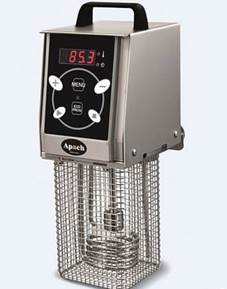
Gas discharge boiler
A similar apparatus is arranged in the form of a gas burner over which a cylindrical combustion chamber is located. The upper vault of the chamber is the bottom of the tank. Water heating occurs due to the contact of the walls of the vessel with an open flame.
In solid fuel devices, instead of a gas burner, a grate is installed. Under the grill is a chamber for collecting ash. The furnace and the ash chamber are equipped with special cast-iron or steel doors.
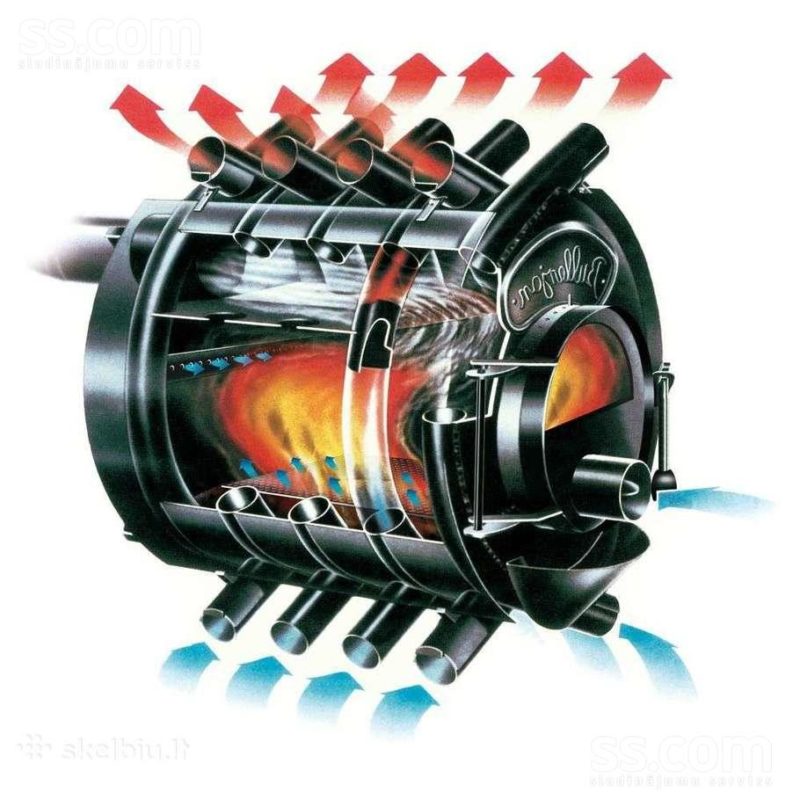
Solid fuel heater
The water tank is heated by an open flame. Firewood, coal, paper, cardboard and other types of solid combustible materials are used as fuel.
In liquid fuel boilers, petroleum products, alcohol and flammable liquids are used as a working combustible mixture.
In the process of boiling, the water is disinfected and disinfected. As a result of thermal reactions, gases dissolved in water are removed. It is these gases that are the active nutrient medium for pathogens.
Depending on the working position, boilers are:
- tabletop;
- floor;
- wall mounted.
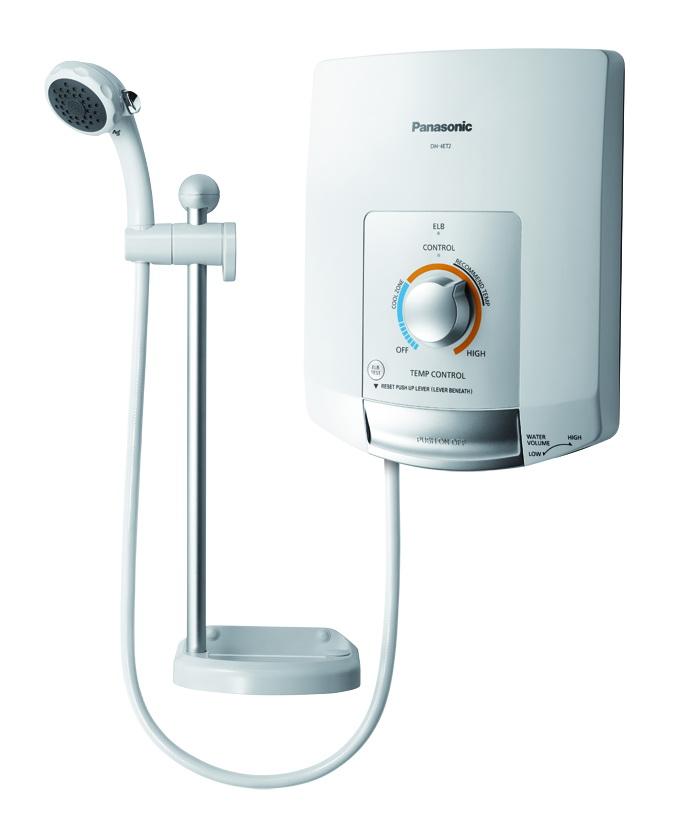
Wall heater
Depending on the geometric parameters, boilers distinguish:
- rectangular;
- cylindrical.
Depending on the degree of automation of the main work processes:
- fully automatic;
- semi-automatic;
- non-automated.
In automated boilers, the main work processes occur without human intervention.
In semi-automated devices, water is supplied manually. The remaining processes are automatic.
In a non-automated, all production processes occur with the direct participation of staff.
How is an electric boiler arranged
Immersion boiler
Submersible boiler is a design of a heating element in the form of a spiral, pads, power wires with plug and hook (hook).
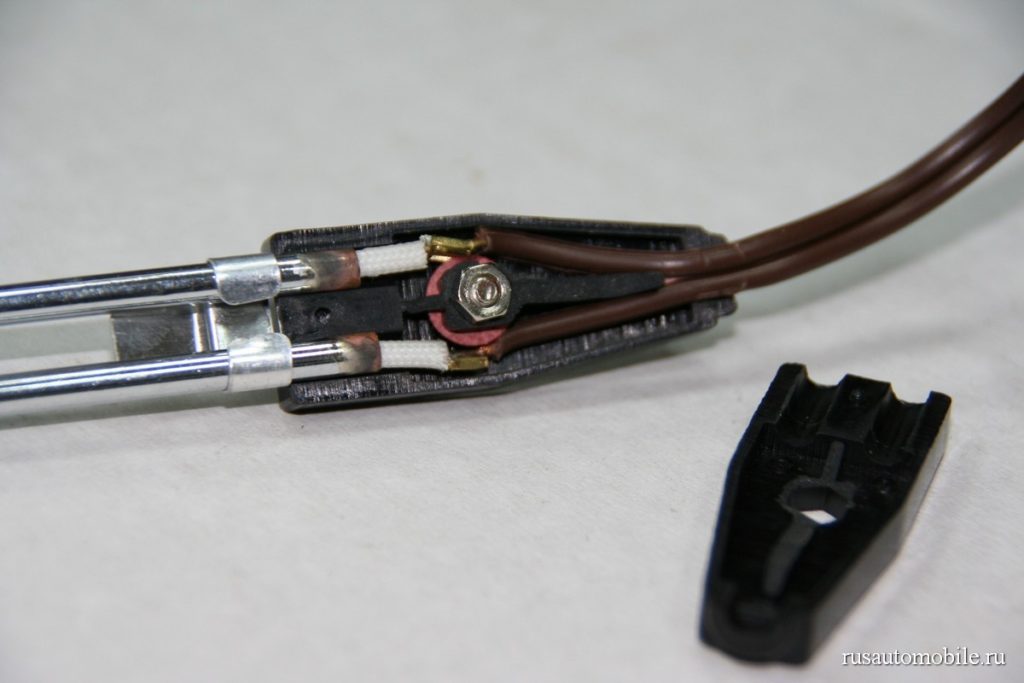
Submersible boiler device
The shell of the heating element is made of aluminum, brass, copper or iron with a nickel coating. The hook is intended for installation of the device in a vessel with water.
Instantaneous water heaters
Flow-type electric boilers are used in rooms with centralized water supply.
Most often used in catering, educational and medical institutions, bars, cafes, restaurants with a large number of visitors.
Heating and boiling can significantly soften the water. This happens as a result of precipitation of calcium and magnesium salts. The molecules of these substances determine the temporary hardness of water.
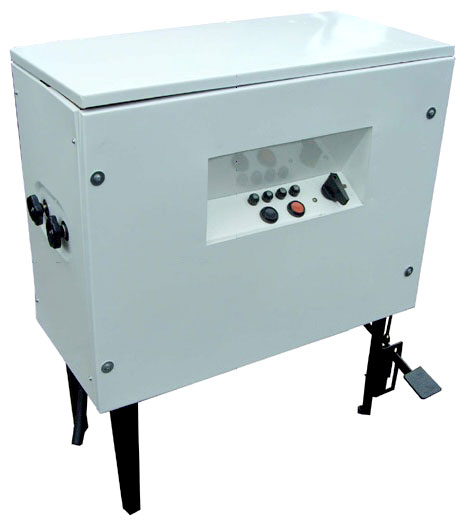
Flowing water boiler
Productivity of flow-type boilers ranges from 50 to 150 liters per hour. Equipment power - 2-5 kW.
Geyser type water heaters
Geyser-type water heaters are often used to make hot drinks (coffee, tea, cocoa, etc.) at home.
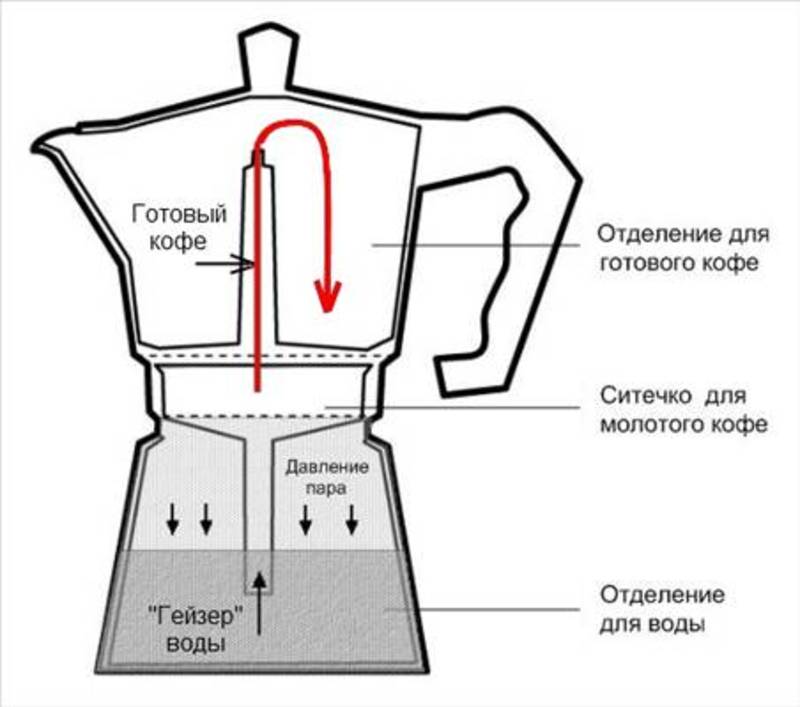
Geyser heater
The device automatically turns on when the water level drops or the temperature of the drink drops to 85 degrees.
Jellied type water heaters
Filling electric boilers are used in rooms without centralized water supply. Tanks of filling boilers are filled manually with water. The water level is determined visually or by a special mark.

Jellied type water heater
A special drip tray is used to remove droplets during vaporization. There is an automatic transition to the heating mode and save energy. A special sensor does not allow the device to turn on in the absence or insufficient water level.
They are characterized by low power (up to 2 kW), efficiency, mobility, low cost. The volume of heated water is 5-40 liters per hour.
The principle of operation of the electric boiler
The principle of operation of any boiler depends on its design and purpose.
Immersion boiler
The principle of operation of a submersible boiler is to heat the metal of the heating element under the influence of electric current. Through heat transfer, water is heated and boiled.
Flow heater
The principle of operation is the continuous flow of cold running water. Using heating elements, water is heated to a temperature of +35 ° C ... + 100 ° C.
At the end of the operating cycle, the device automatically turns off. Water is drained by a tap mixer. Excessive heated water is discharged through the drain pipe.
Geyser Type Heater
At the top of the apparatus there is a special strainer filter. Brewed powder is poured into this strainer. In the lower part there is a heating element for heating water. When heated, the liquid level rises and brews the contents of the strainer.
Bulk Heater
In the lower part of the water tank, a spiral of a heating element (TEN) is installed. Under the influence of electric current, the spiral heats the water. Hot water is consumed through a tap mixer. Another portion of cold water is added manually.
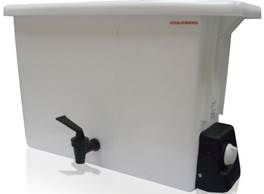
Jellied type heater
How to use an electric boiler
Before using the boiler, check that the characteristics of the device match the parameters of the power supply. Then it is immersed in water below the water level. Before removal, the device is unplugged.
When buying a submersible boiler, pay attention to the number of turns of the spiral of the heating element. The larger the number of turns, the faster the water will heat up.
Before using the filling device, it is disconnected from the network and the container is filled with cold water. Set the temperature of water heating. Close the lid tightly. Turn on the device in a network.
Before turning on instantaneous water heater check the pressure level of the water in the tap. If necessary, adjust the pressure. Then set the required temperature and turn on the device in the network. At the end of the device, close the tap and turn off the water heater from the network.
Heating and boiling water in a metal bowl has the best effect. The high heat transfer coefficient of the metal allows you to heat the water in a few minutes.
Safety Precautions
When working with electric boilers, the following safety rules must be observed:
- Before turning on the device, check the integrity of the insulation of the power cord. Do not use the appliance with a damaged power cord.
- Before using the device, check the amount of fluid. Water level should not be lower than the lower risks and higher than the upper risks.
- It is forbidden to connect the boiler to the mains until it is immersed in water.
- Do not touch heated water or dishes when the device is turned on.
- Do not place a hot electric boiler on flammable objects.
- It is forbidden to remove the switched on apparatus from the water during operation.
- It is not allowed to leave the device connected to the power supply network unattended.
- It is forbidden to disassemble the device and give it to children.
- It is not allowed to immerse the included appliance in soapy, alkaline and acidic solutions.
- It is not recommended to remove the electric boiler from water earlier than one minute after disconnecting the device from the mains.
Strict observance of safety rules when using electrical appliances is strictly mandatory. Violation of these rules can lead to numerous injuries and significant material damage.



